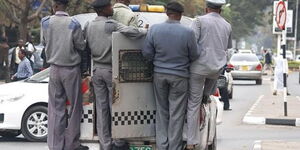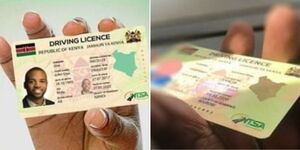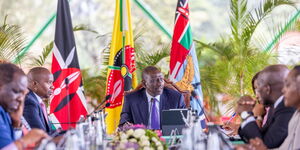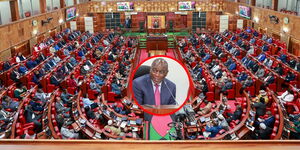The Central Bank of Kenya (CBK) on Tuesday revealed that Kenya’s debt had increased by Ksh800 billion due to the weakening shilling.
Speaking to Kenyans.co.ke, Economist Vincent Kimosop explained that this was due to successive administrations failing to balance trade and create a favourable Import Bill.
The imbalance in trade, according to Kimosop, was one of the reasons that the shilling was in free fall exerting pressure on an already crippling external debt.
An imbalance in trade is whereby we import more (using dollars) than what we export creating a scarcity of the dollar which in turn depreciates the Kenyan Shilling.
“Let us take the case of USD2 billion Eurobond which we borrowed in 2014 at a time when the exchange rate was Ksh85 against the dollar. At that time, we could have paid the loan at Ksh170 billion,” Kimosop explained.
“With the current exchange rate now at Ksh153, it means Kenya will pay over Ksh300 billion for a Eurobond loan set to mature in June 2024 from an initial projection of Ksh170 billion.”
Kimosop explained that the doubling of the Eurobond was entirely the result of the depreciation of the shilling.
“It is correct to say that because of depreciation of the local currency, we have to pay more than what was anticipated,” he explained the tough position Kenya finds itself in.
The economist explained that one of the ways the country can stabilise the Shilling and stabilise the ballooning debt would be to cut overreliance on imports.
He explained that the true value of the Kenyan Shilling is determined by market forces and what people are willing to pay for.
“There were concerns that we had propped up our Shilling, by putting in more US dollars which is against what you have agreed to be working on - the market forces to determine your currency,” he stated while responding to the claim that the previous administration had artificially strengthened the local currency.
Propping up a currency is when a Central Bank creates artificial demand for its currency by using its foreign exchange reserves to buy its local currency.
Kimosop explained that one of the sustainable ways to create demand for local currency is by not importing goods that can be made locally.
“We should not be using our dollar reserves to buy milk, eggs or other products that can be produced locally,” he explained.
This is in line with President William Ruto’s directive that his administration would provide incentives for local manufacturers.
Kimosop also urged the government to invest more in foreign exchange earners like tourism and the service industry.












